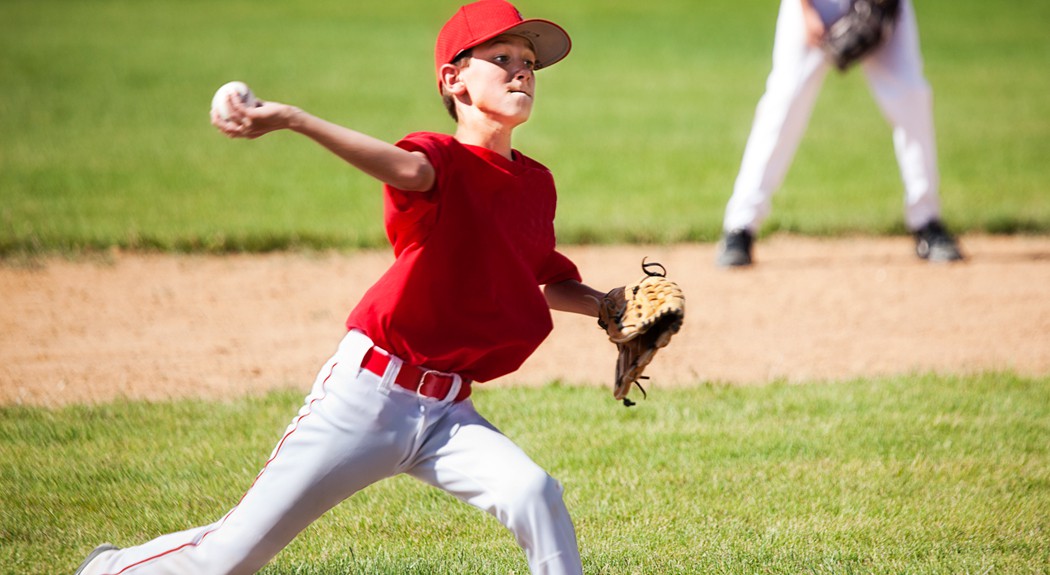Whether your child plays for a competitive Little League team or you’re gearing up for the company softball game, you should be aware of throwing injuries. The repetitive motion of throwing puts stress on your shoulder and elbow, and can lead to chronic or sudden injuries. The good news is you can prevent most throwing injuries or treat minor ones with physical therapy.
Here are few things you should know about throwing injuries:
Signs of injury
Watch for signs of fatigue or overuse. If you find yourself massaging your arm after each pitch, or taking more time between pitches, this may be sign of a developing throwing problem.
Other signs may include redness, discoloration, swelling, tightness, sharp pain or loss of range of motion of either, or both, the elbow and shoulder. If you’re experiencing any of these signs, get evaluated by a professional. These signs could indicate a serious throwing injury. You may experience decreased grip strength or decreased pitch speed, too.
Common injuries
Common shoulder problems can involve your rotator cuff. Your rotator cuff is made up of four large muscles that extend from your shoulder blade to your shoulder joint. These muscles are extremely important for your shoulder strength and for holding your shoulder joint in the right position.
Frequent throwing can irritate the rotator cuff. This can lead to shoulder pain, tendonitis or even a muscle tear in your rotator cuff. You may experience pinching, or impingement, of the rotator cuff if those muscles are weak or tired from overuse, if you have shoulder instability, or if you have poor throwing form.
Elbow sprains are also common. With an elbow sprain, you may experience pain to touch, pain when you throw, or possible numbness and tingling below your elbow. These sprains are most commonly caused by strain to the elbow due to poor throwing form.
Preventing injuries
Throwing a baseball or softball is a full body activity. Your workouts in the off-season and pre-season should include shoulder strengthening, as well as leg strengthening, flexibility, core stability, speed and agility training.
When it comes to your throw, physical therapists can help you identify your problem areas and address them. They can analyze throwing mechanics, determine the phases of throwing that need improvement, provide strength and conditioning programs, and much more. If you’re experiencing signs of a throwing injury, getting proper treatment can help you return to your sport as quickly and safely as possible.
Lindsay Morgan is a physical therapist, specializing in rehabilitating throwing injuries, with Anne Arundel Medical Group (AAMG) Physical Therapy in Crofton. To reach her office, call 443-481-1140.




